Chula researchers have found that “rutin” extract from orange peel can kill the COVID-19 virus. They are developing it into drugs while pointing out that drug research is still necessary along with vaccine research and suggesting that Thai people should adjust their views on herbs to create added value.
Tag: Protease
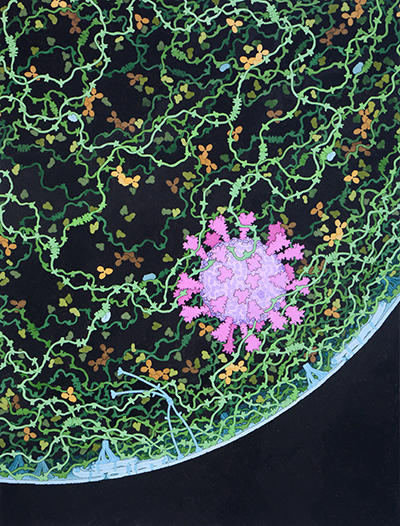
More than 1,000 SARS-CoV-2 Coronavirus Protein 3D Structures Available
New Brunswick, N.J. (March 3, 2021) – The 3D structures of more than 1,000 SARS-CoV-2 coronavirus proteins are freely available from the RCSB Protein Data Bank headquartered at Rutgers University–New Brunswick. The data bank reached the milestone this week, with 1,018 proteins as…
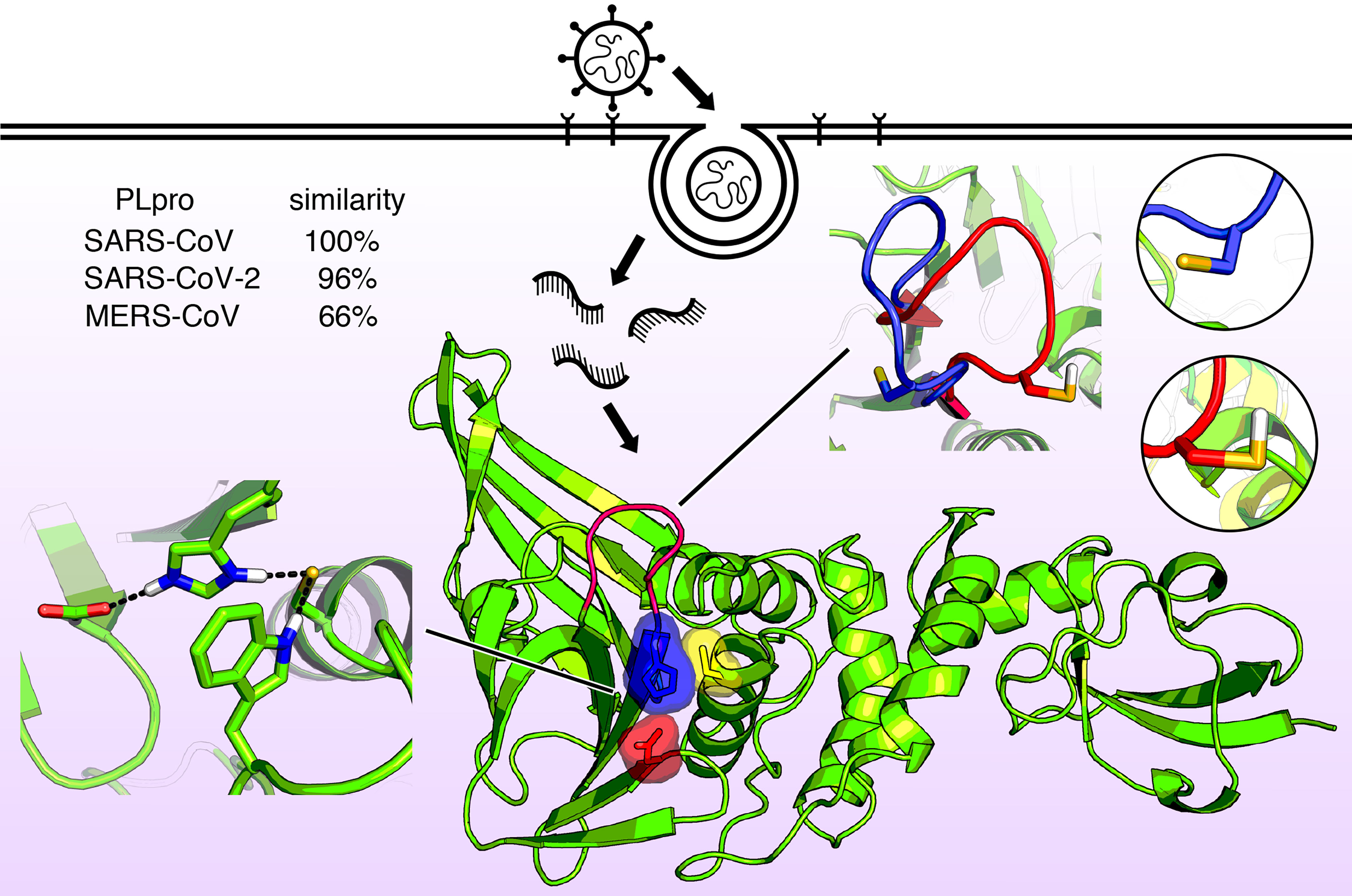
Progress Toward Antiviral Treatments for COVID-19
COVID-19 is caused by the virus SARS-CoV-2, which is structurally similar to the viruses that cause SARS-CoV and MERS-CoV. In The Journal of Chemical Physics, scientists report molecular-level investigations of these viruses, providing a possible pathway to antiviral drugs to fight the diseases. They looked at a viral protein that plays a role in the virus’s ability to replicate and in defeating the host’s immune system, making it an attractive target for potential drug treatments.
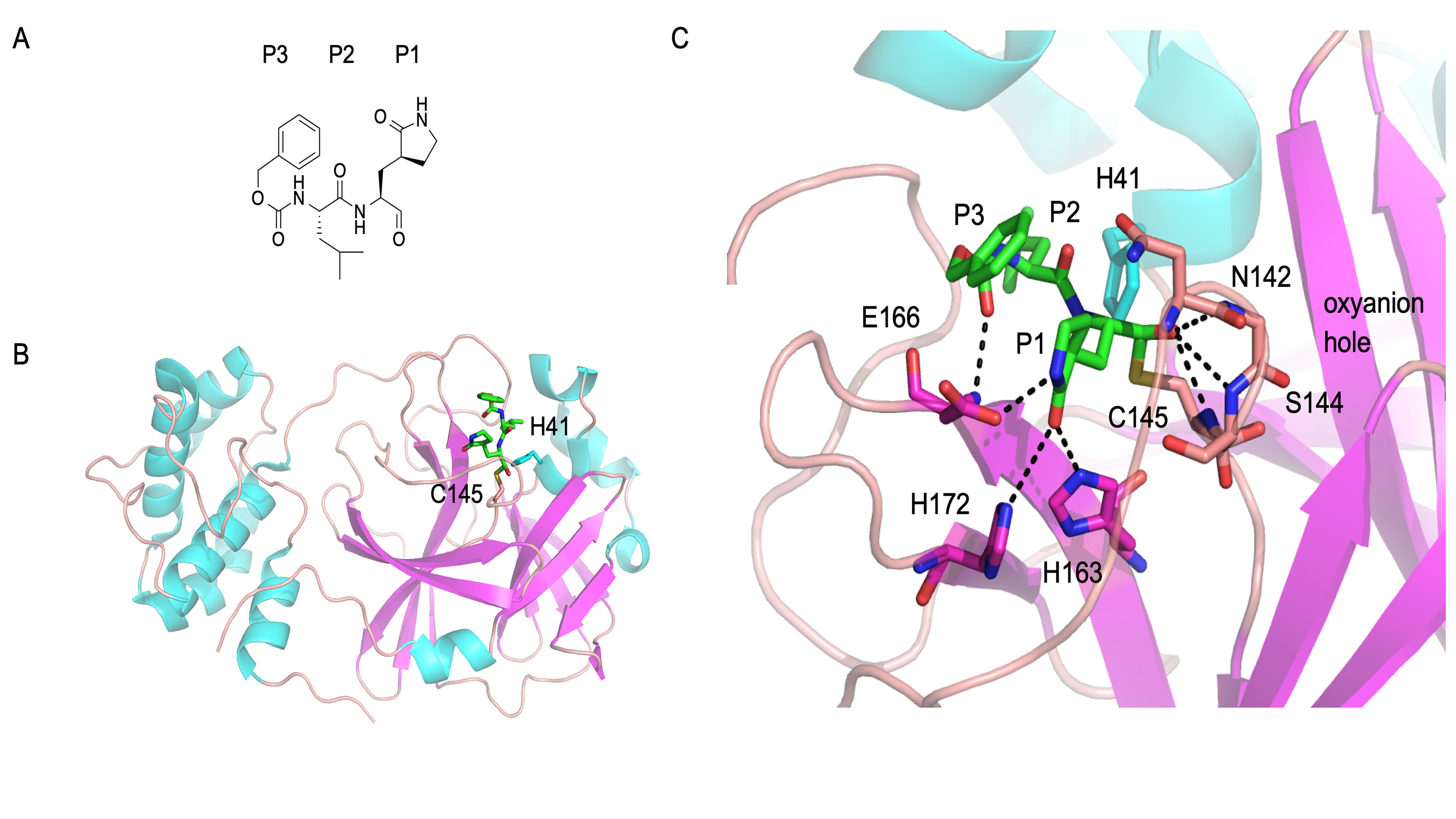
Coronavirus Drug for Cats Has Potential Use for COVID-19 Virus in Humans
Researchers at the University of Alberta say a protease in SARS-CoV-2 can be targeted with a drug that is also used to treat feline infectious peritonitis, a fatal infection in cats caused by a coronavirus. The drugs, dipeptide-based protein inhibitors, could be used to slow or stop replication of the COVID-19 virus in humans. During the 70th annual meeting of the American Crystallographic Association, Joanne Lemieux will outline how the drugs are strong candidates for the treatment of human coronavirus infections.
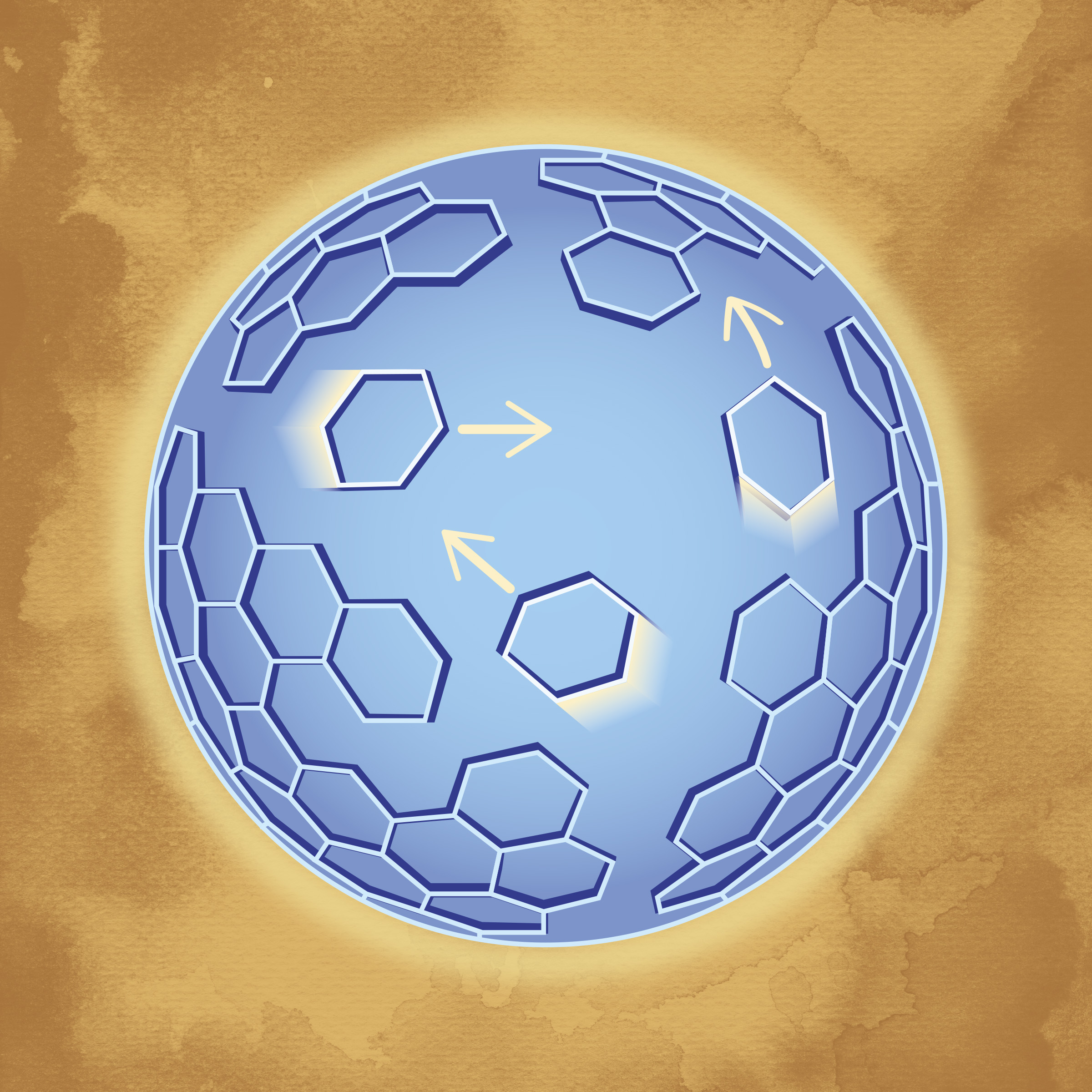
Pioneering method reveals dynamic structure in HIV
The method reveals that the lattice, which forms the major structural component of the human immunodeficiency virus (HIV), is dynamic. The discovery of a diffusing lattice made from Gag and GagPol proteins, long considered to be completely static, opens up potential new therapies. The method can be applied to biomedical structure.
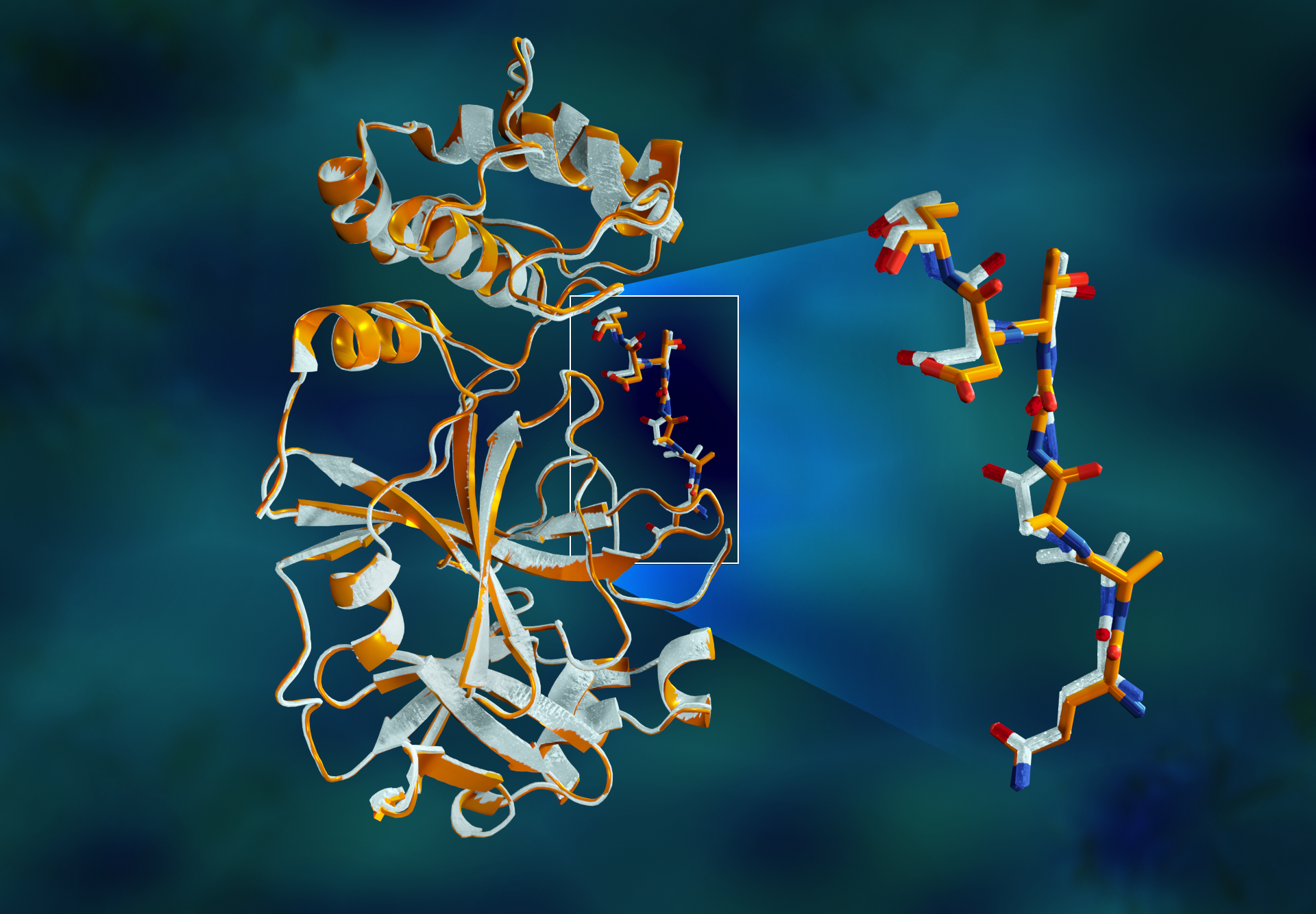
X-rays size up protein structure at the ‘heart’ of COVID-19 virus
Researchers have performed the first room temperature X-ray measurements on the SARS-CoV-2 main protease—the enzyme that enables the virus to reproduce. It marks an important first step in the ultimate goal of building a comprehensive 3D model of the enzymatic protein that will be used to advance supercomputing simulations aimed at finding drug inhibitors to block the virus’s replication mechanism and help end the COVID-19 pandemic.
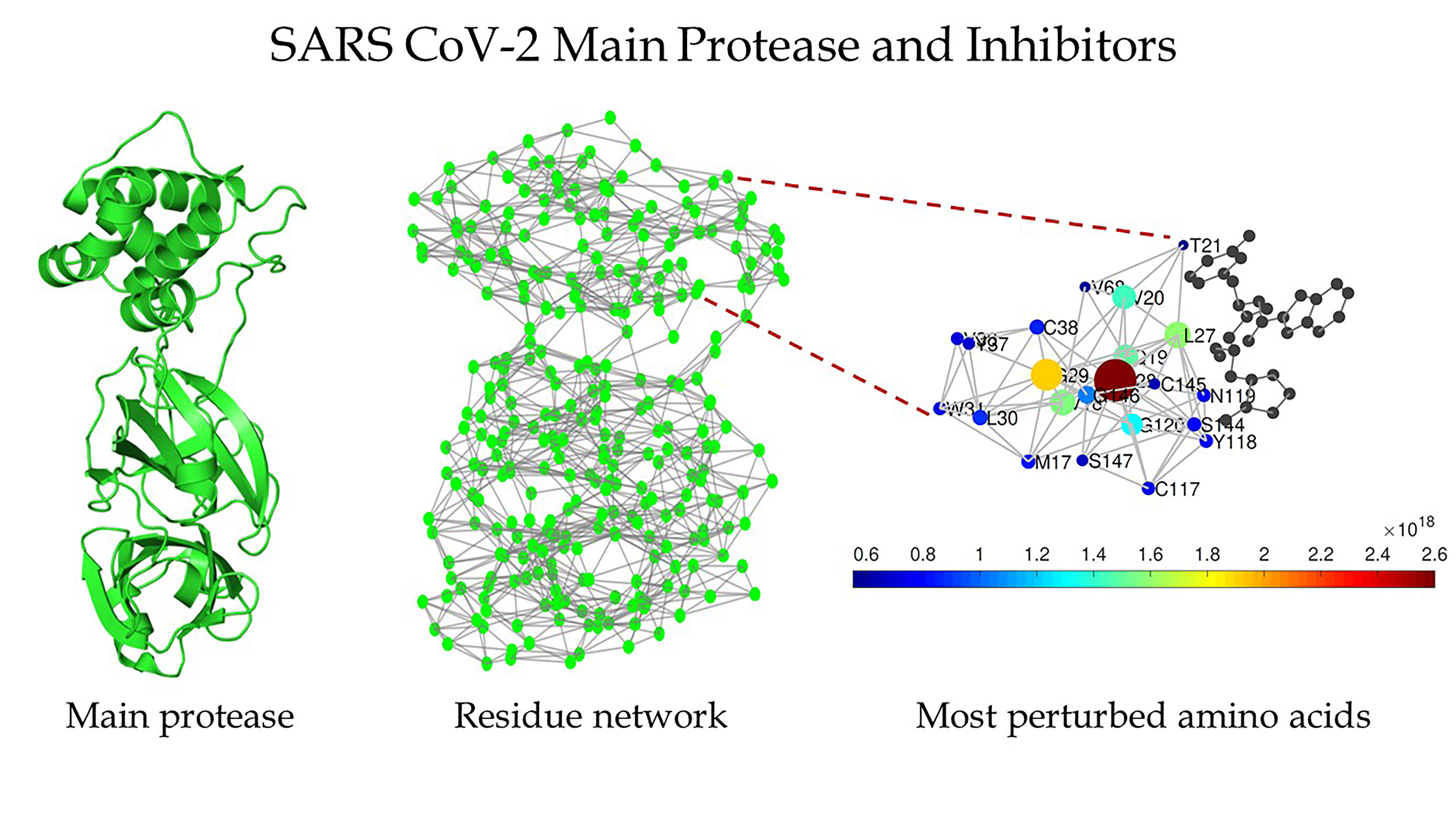
Targeting SARS-CoV-2 Enzyme with Inhibitors
As the COVID-19 pandemic continues to spread, many researchers are studying epidemiological models to predict its propagation. However, a mathematician and expert in complex systems decided to focus on finding targets within SARS-CoV-2 for new drugs to attack. In the journal Chaos, he discusses the dramatic increase in the sensitivity of the main protease of SARS-CoV-2 to small disturbances, which made him suspect there is a role for inhibitors to play in killing the virus.
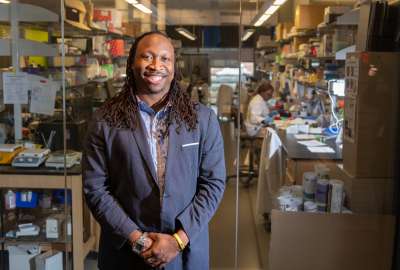
While Promoting Diseases Like Cancer, These Enzymes Also Cannibalize Each Other
In diseases like cancer, atherosclerosis, and sickle cell anemia, cathepsins promote their propagation. Drug trials to inhibit these enzymes have failed due to baffling side effects. Now a new study examines cathepsins in systems to remove some of the bafflement.